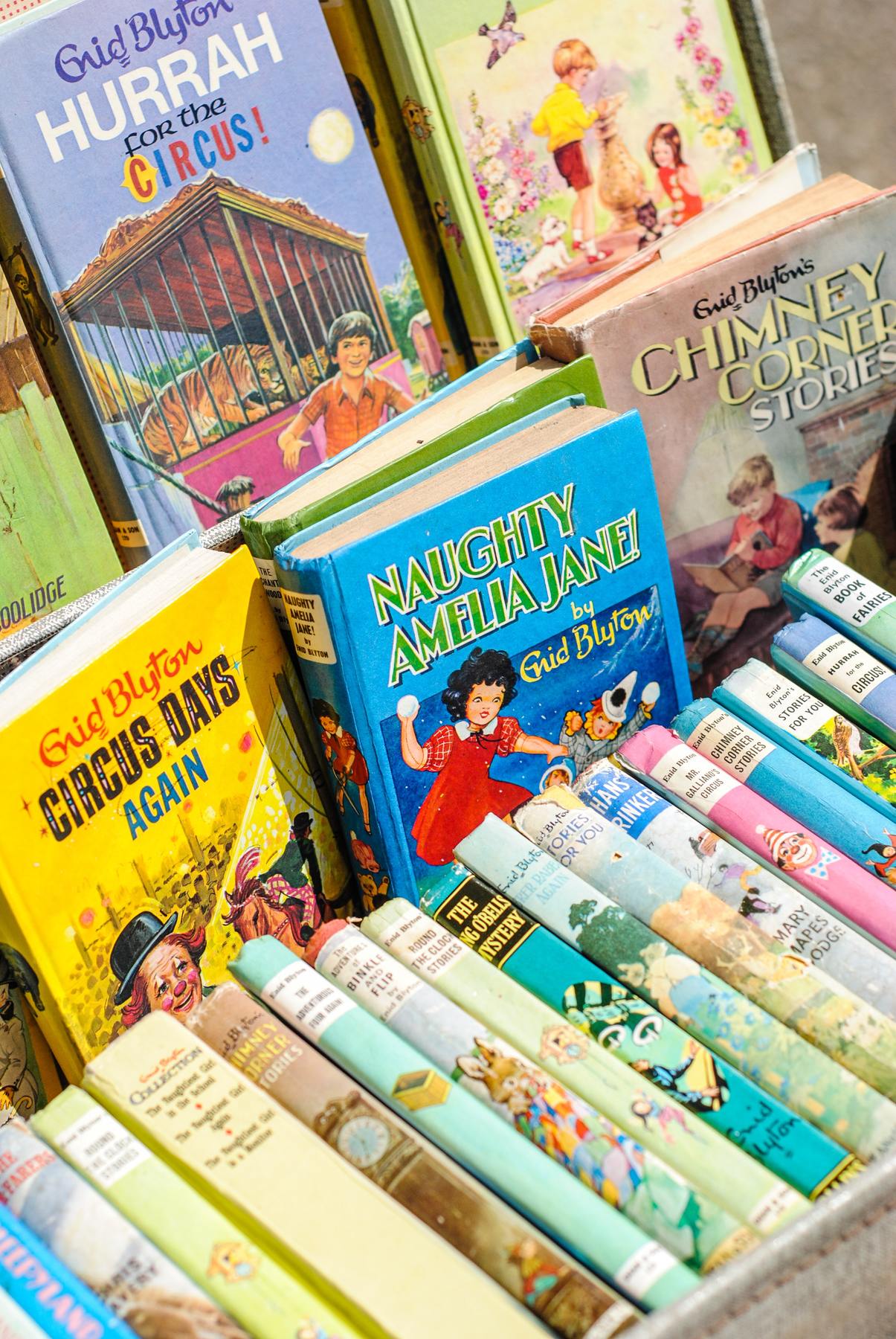Fostering independent readers and creative writers through a non-digital offer

What’s the idea?
In working to foster the imaginations of young readers and writers, primary teachers can seek to motivate children’s engagement in non-digital spaces at home, as well as in online lessons. Through such an offer, educators can support the development of childhood literacy habits and impact on positive reader and writer identities.
What does the research say?
Being a frequent reader is fundamental; it proffers more of an advantage than having well-educated parents (Sullivan and Brown, 2015). Developing the habit of reading in childhood is one of the most important things that teachers can do to leverage social change. The benefits of being a reader, such as enhanced vocabulary, comprehension and general knowledge, are well documented. And there are social, emotional and relational benefits of being part of a community of engaged readers (Cremin, 2019).
While there is no parallel evidence for a link between writing frequently for pleasure and attainment, research indicates that there is value in children free-writing (Myhill, 2017). This is common practice for many professional writers as a way of developing ideas, perseverance and writer voice. Through enhancing the real-world relevance of writing and offering more choice, teachers can nurture children’s intrinsic motivation, agency and voice. Critically though, prior support, sharing and focused feedback are needed to maximise the value of literacy activities undertaken independently.
What does this mean in practice?
Opportunities for children to engage on their own at home need to be invitational and enticing, prompting children to read and write at their own pace and in purposeful ways that connect to their everyday lives. Building on the characteristics of creative pedagogies (Cremin and Chappell, 2019), teachers will want to profile engaging texts, child choice, reflection, interaction and their own personal involvement.
- Text diversityThe recognition of individual differences in terms of race, ethnicity, gender, sexual orientation, socio-economic status, physical ability, religious beliefs and other differences: Connecting to the multiplicity of books and everyday materials (e.g. recipes, newspapers, food packaging, community notices) can widen children’s conceptions of real-world literacy and support the realisation that reading/writing are not bound by school literacy materials. Establishing knowledge about what children can choose to read/write outside school (e.g. 24-hour reads/ writes, reading treasure hunts or local reading adventures), can enable educators to appreciate the uniqueness of each reader/writer and tailor their teaching and recommendations accordingly. Capitalising on affectively engaging texts, writing from the heart, and children’s socio-cultural practices, can lead to increased parental involvement and family reading time.
- Choice, agency, interaction and reflection: Tempting children to engage autonomously as readers and writers takes time and providing support is essential. Online teaching may initially involve setting a number of small challenges to choose from, reflecting on the process and sharing the results. For instance, children could create a den for choice-led reading/writing at home, shape a reading/writing journal and read/write to a sibling, parent or friend.
- Teachers as fellow readers and writers: When teachers model their engagement as readers and writers, they reflect on their rights and difficulties and more effectively support child agency and creativity. They may share that they re-read passages in order to recall the storyline, and experience writer’s block. Discussing reflections can trigger authentic conversations about literate behaviours and the development of supportive strategies.
Connecting to children’s lived realities and helping them use literacy for their own expressive needs can enable teachers, children and parents to reframe reading and writing as enjoyable practices; practices which have consequences for young readers’ and writers’ identities, for their education, and for their wellbeing.
Want to know more?
• Cremin T (2019) Reading communities: Why, what and how? NATE, Primary Matters Magazine.
• Cremin T and Chappell K (2019) Creative pedagogies: A systematic review. Research Papers in Education.
• Myhill (2017) Just Write. Teachers as writers, 1 February, 2017. Available at: http://www.teachersaswriters.org/ general/just-write (accessed 12 February 2021).
• Sullivan A and Brown M (2015) Reading for pleasure and progress in vocabulary and mathematics. British
Educational Research Journal 41(6): 971–991.
-
For support on choice-led reading see ‘Research rich pedagogies’
-
For support on choice-led writing, see the British Library’s activities relating to children’s books.










